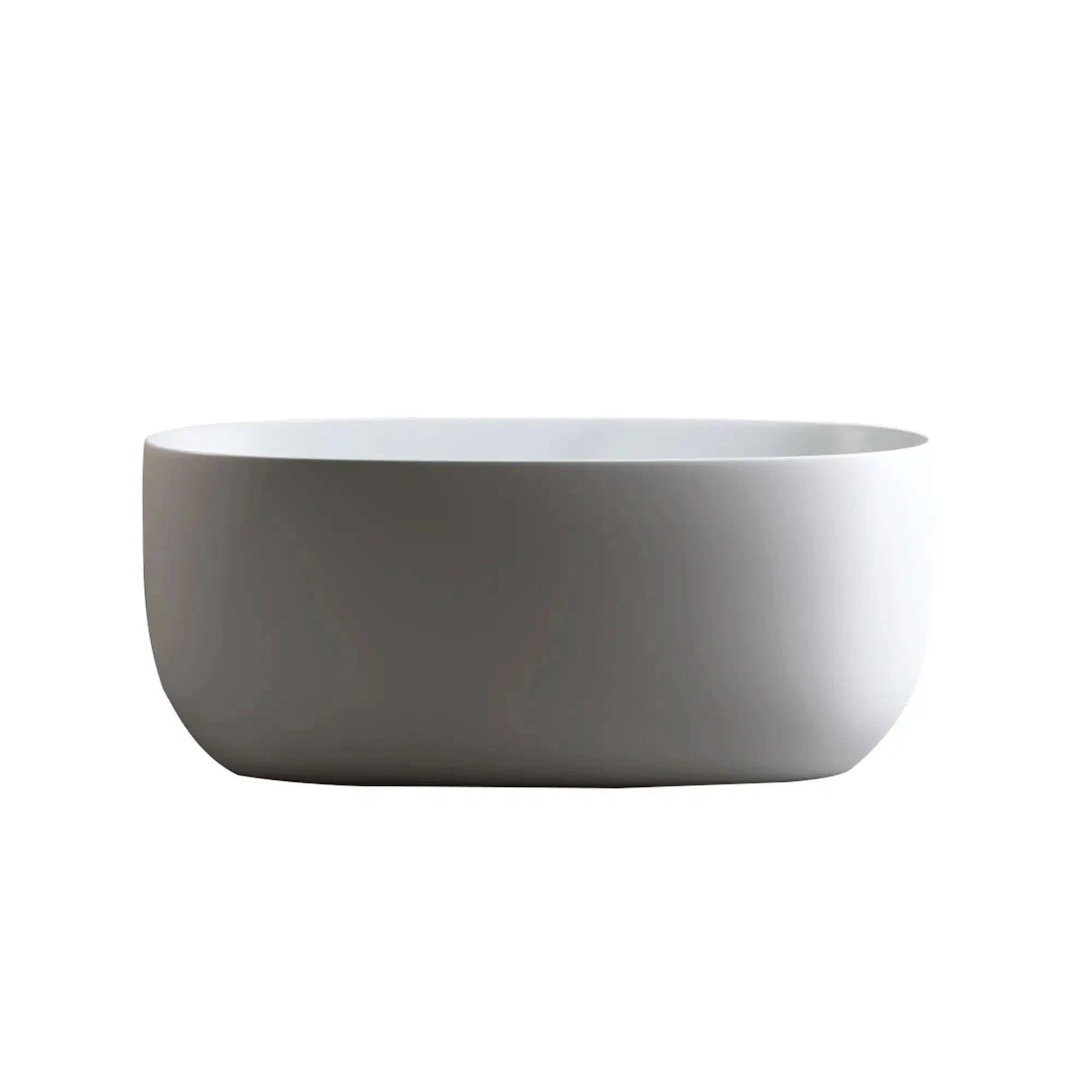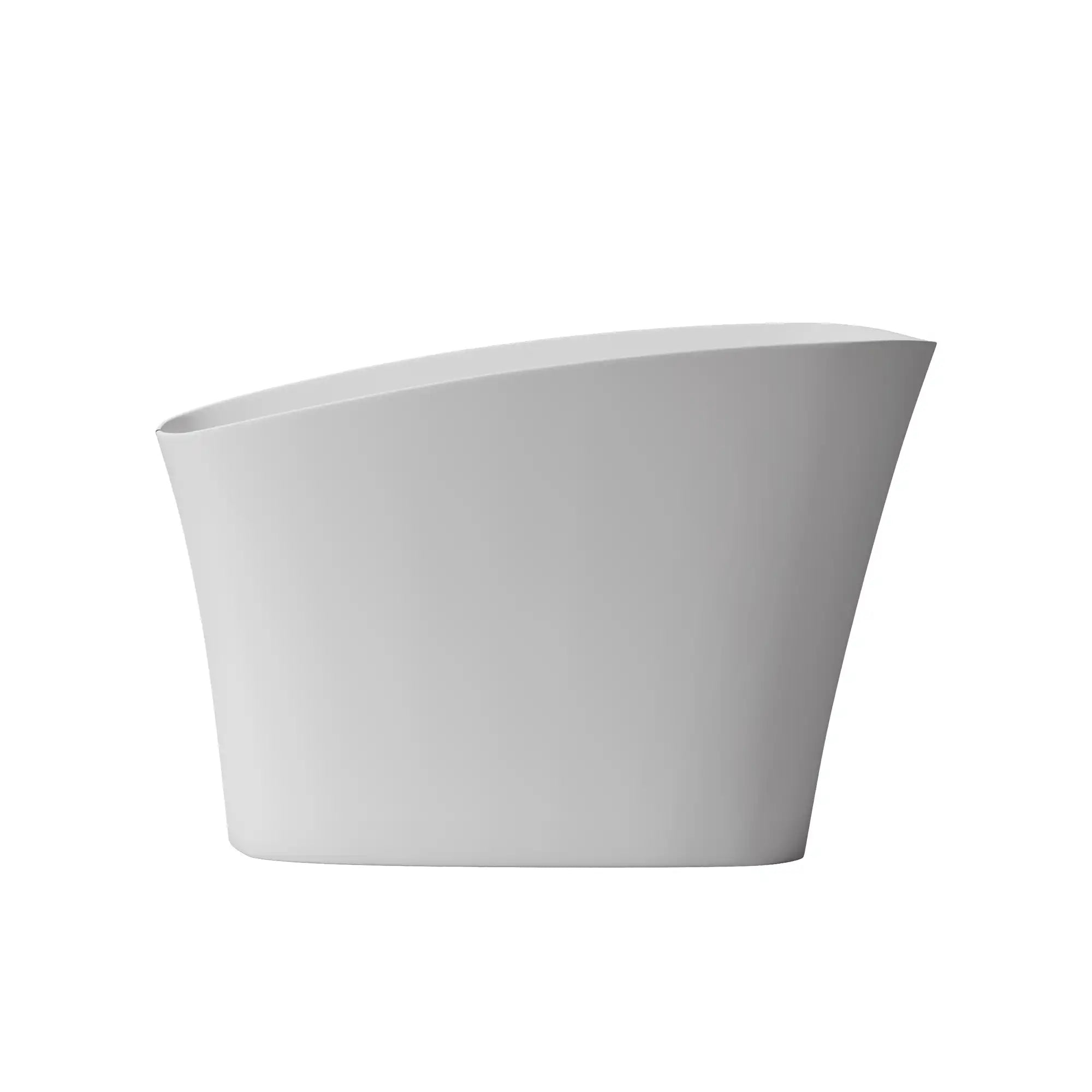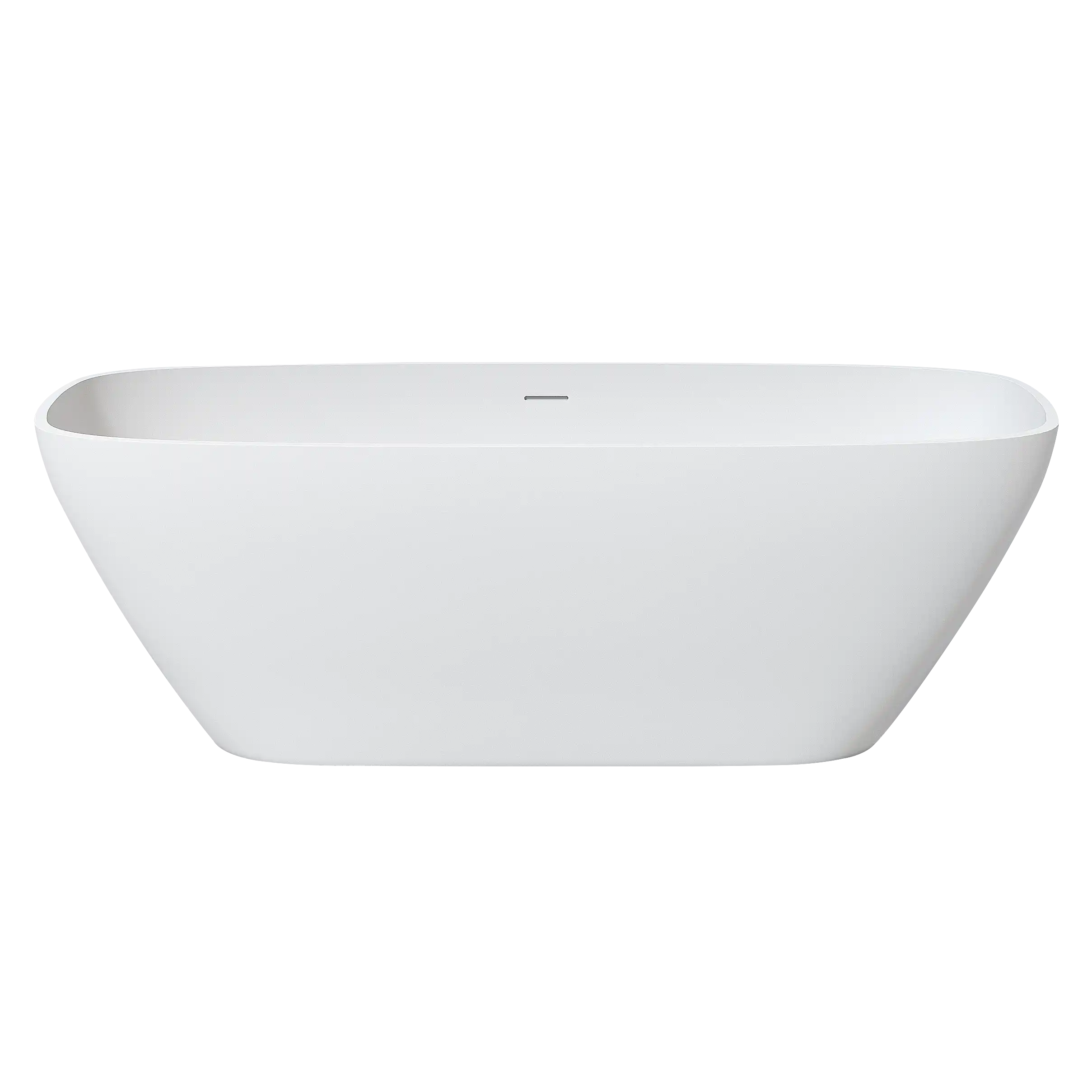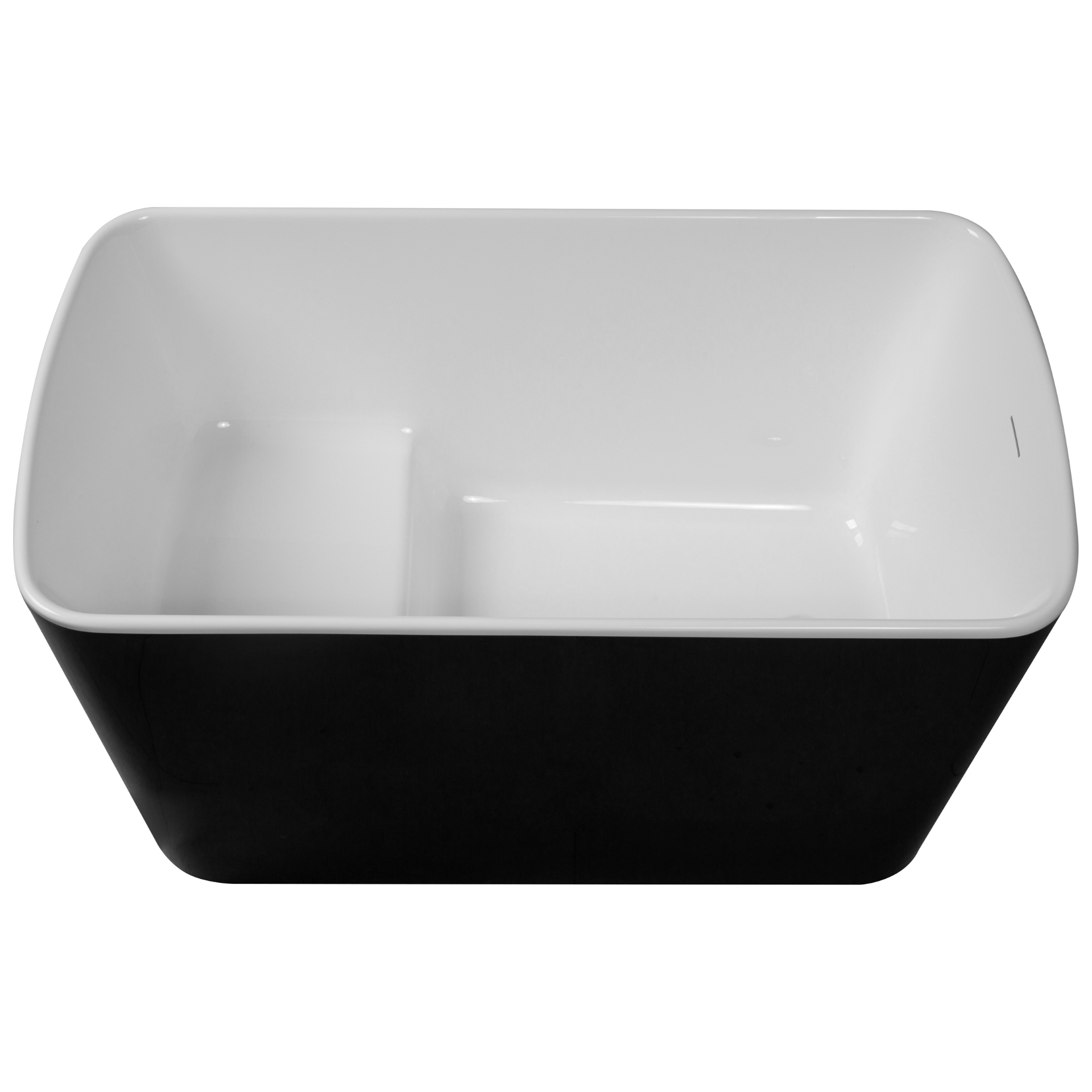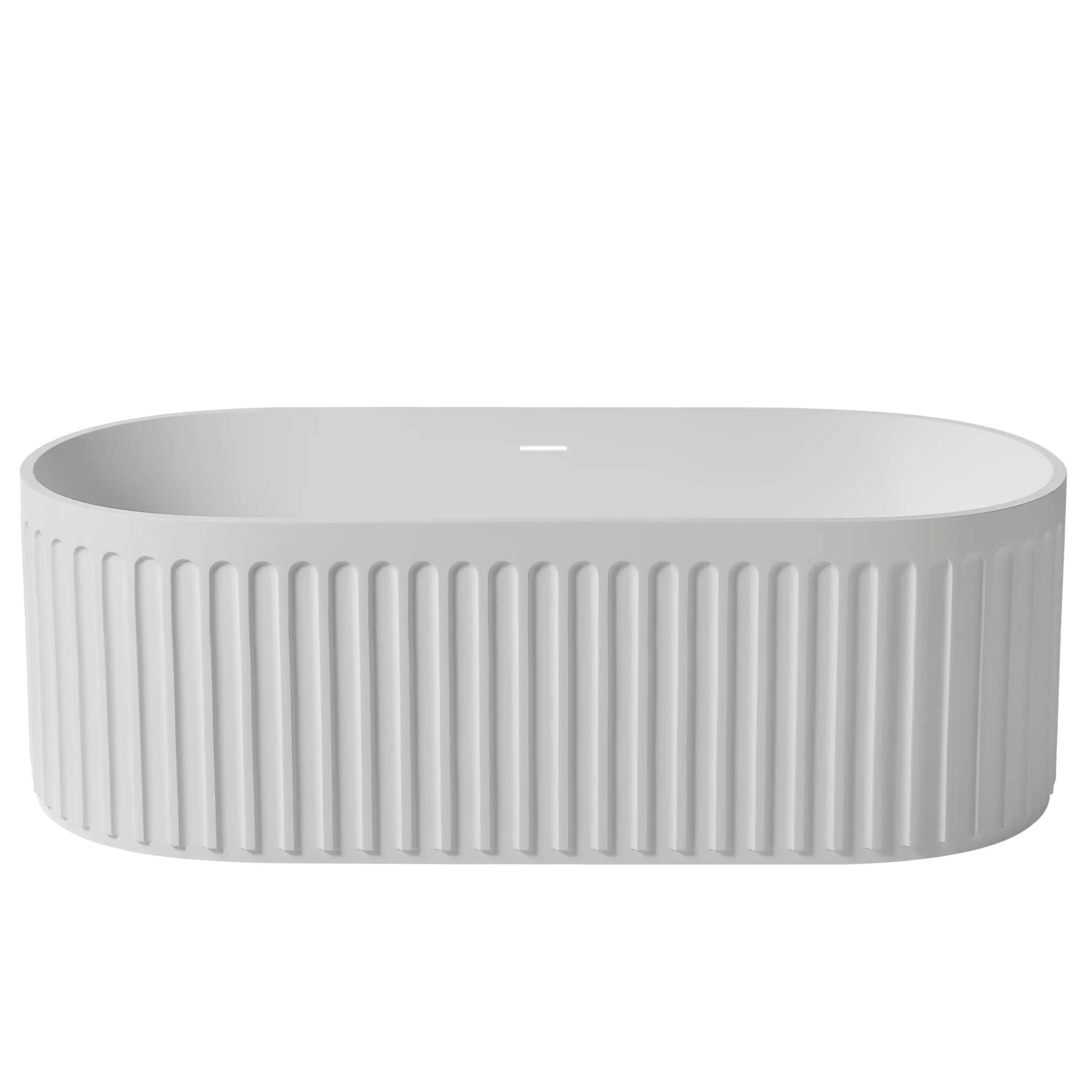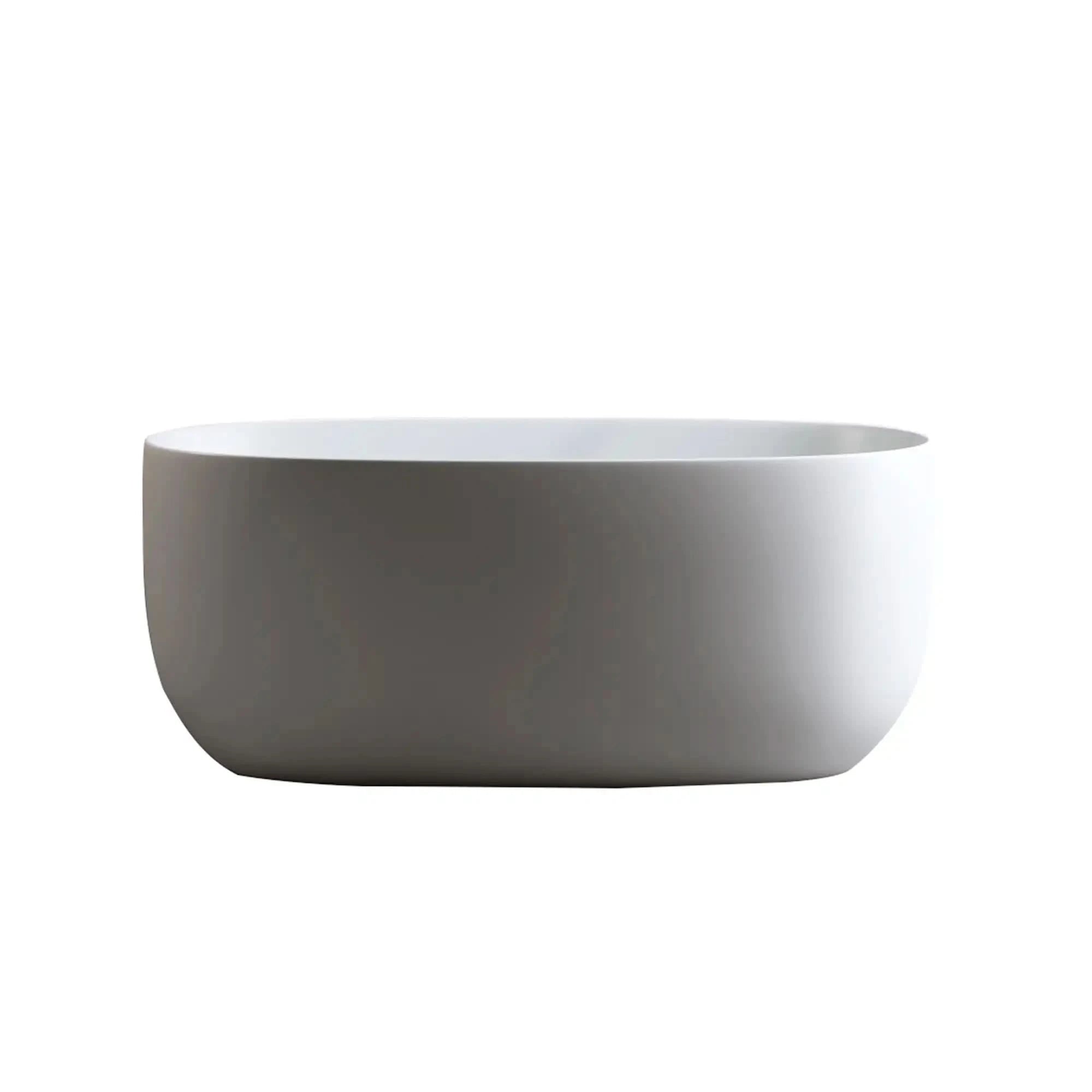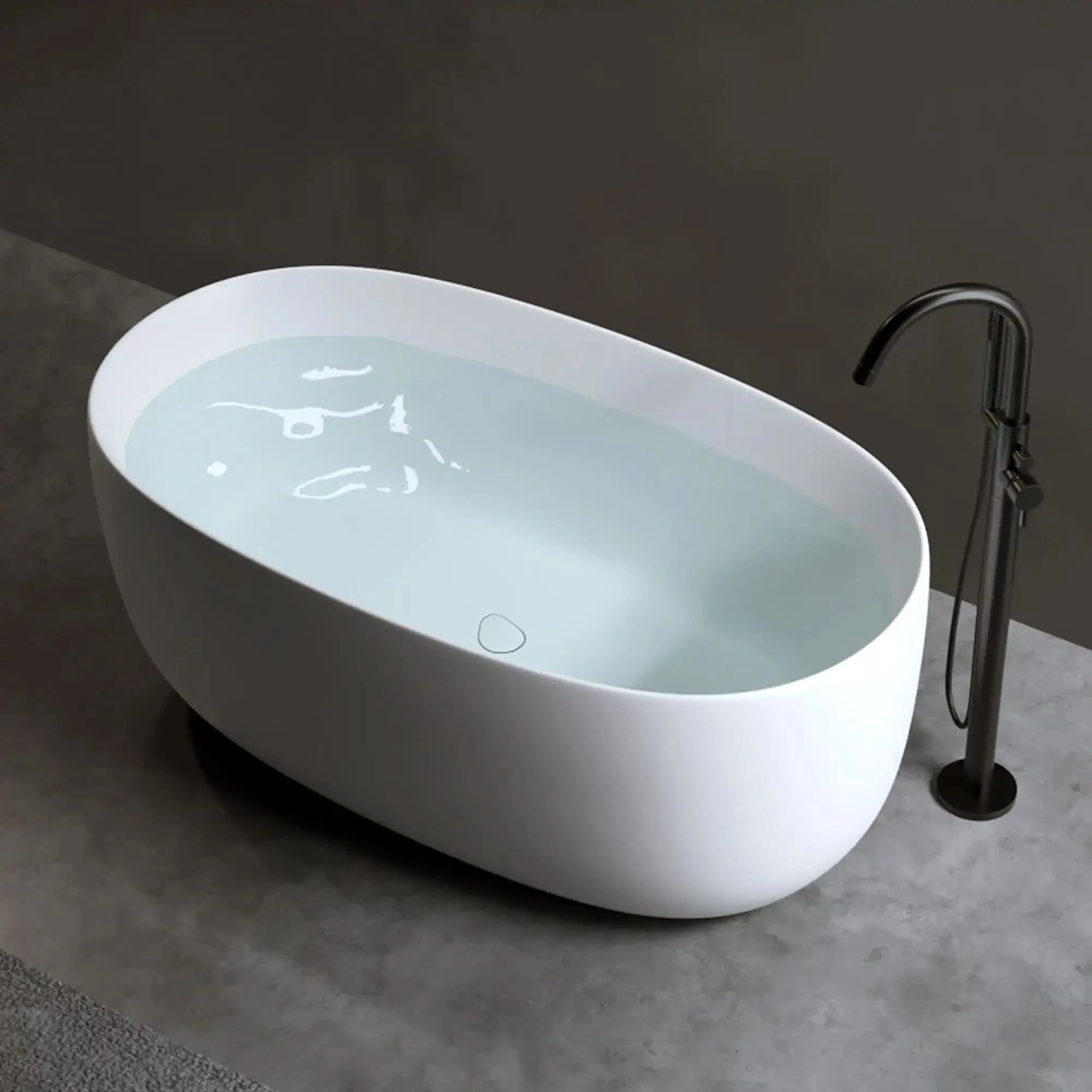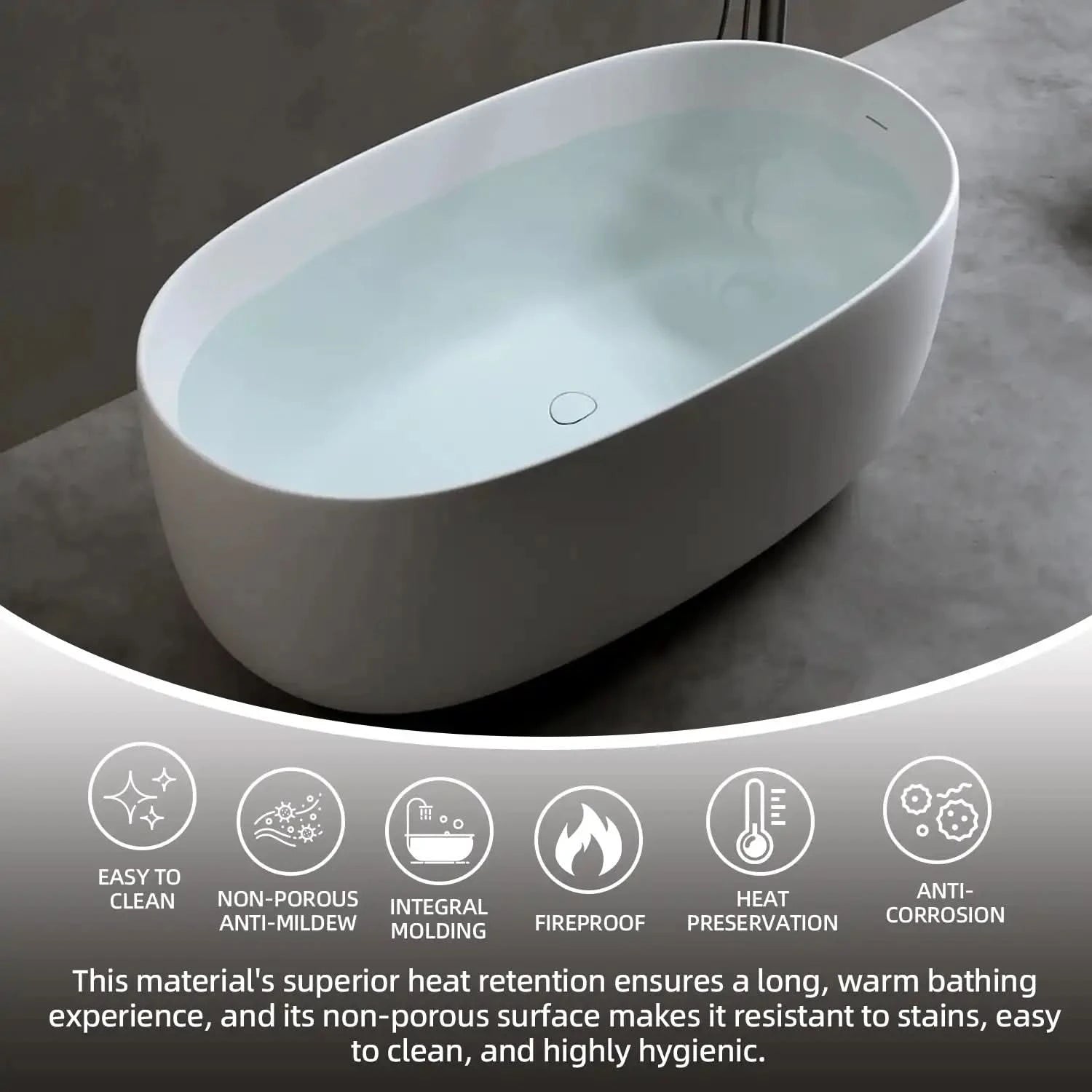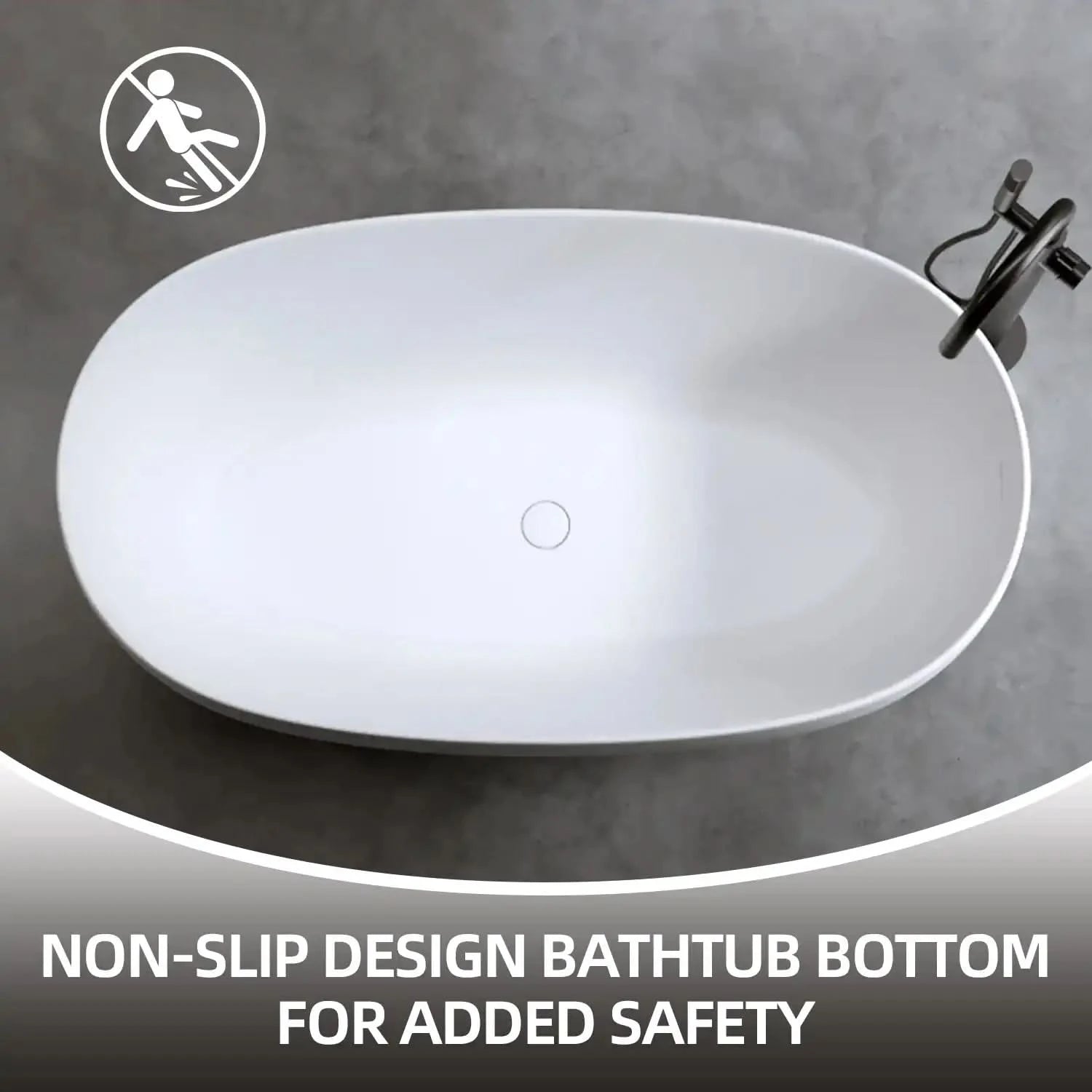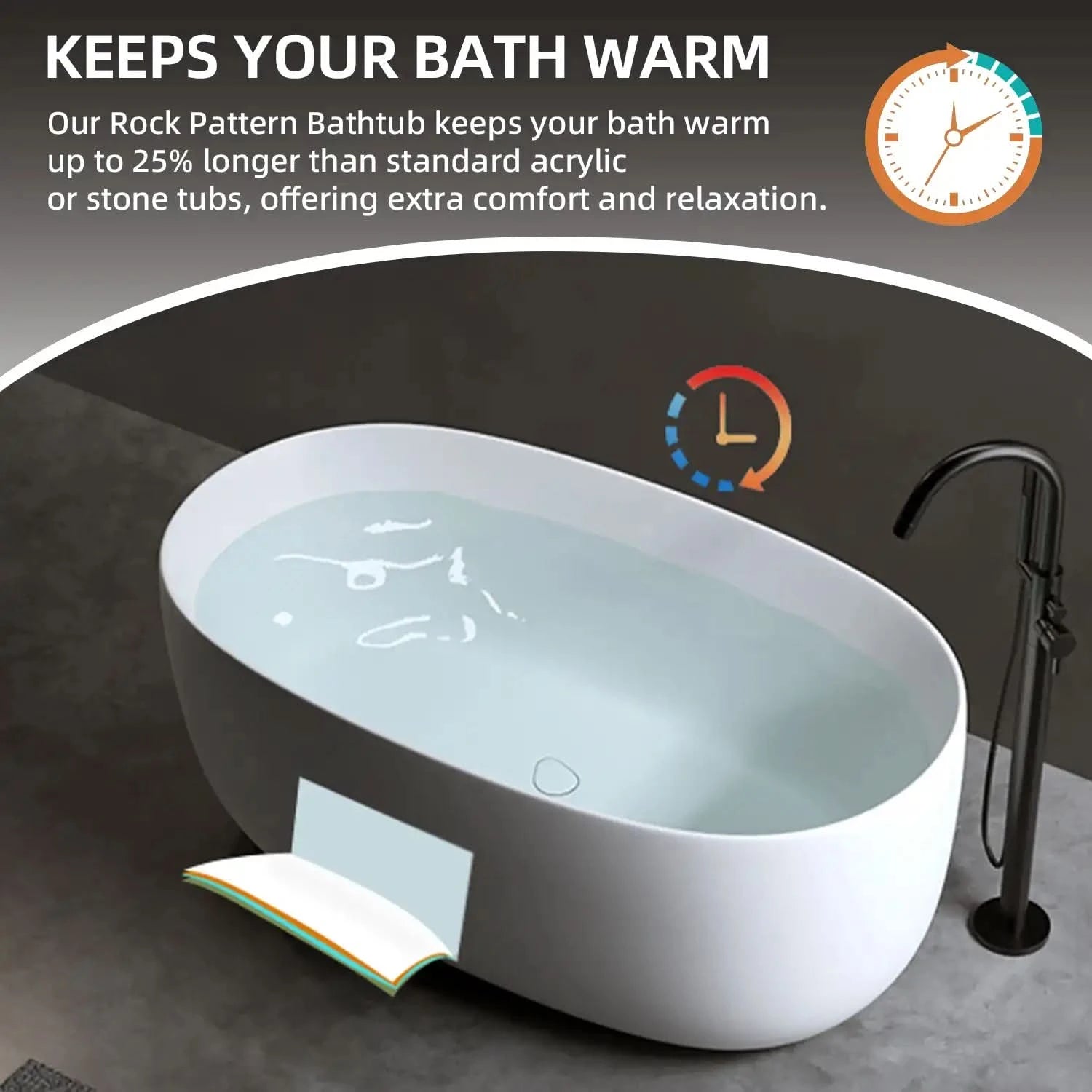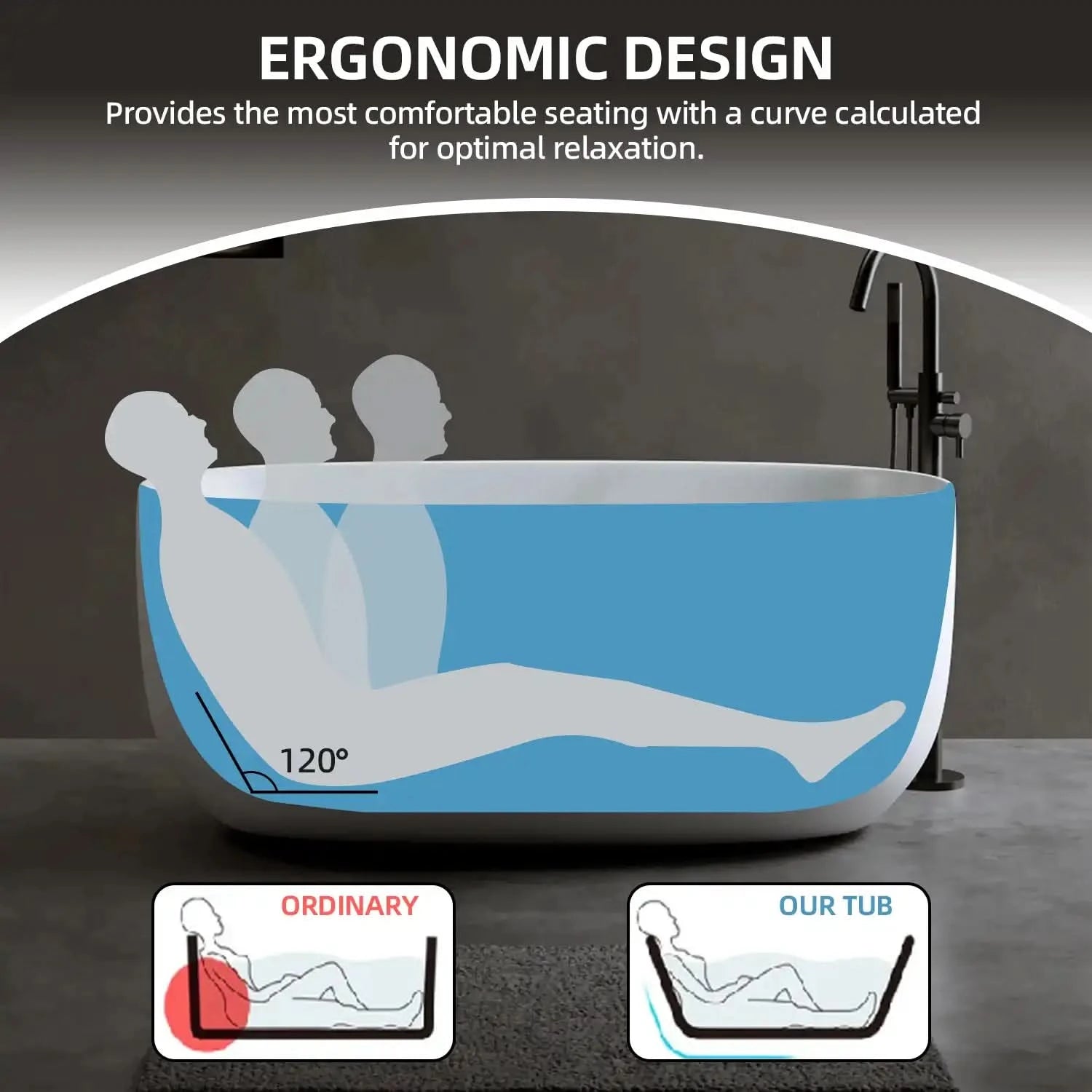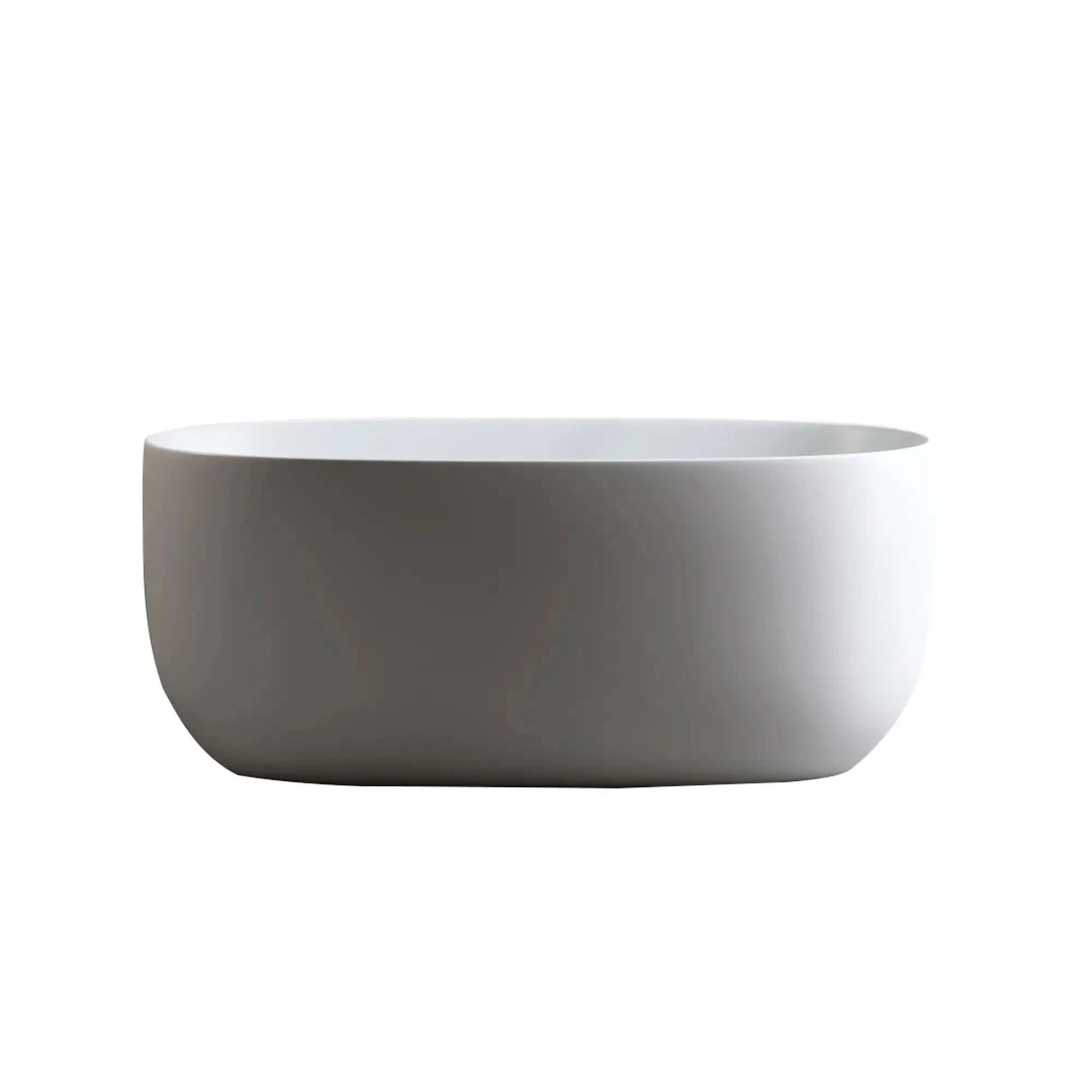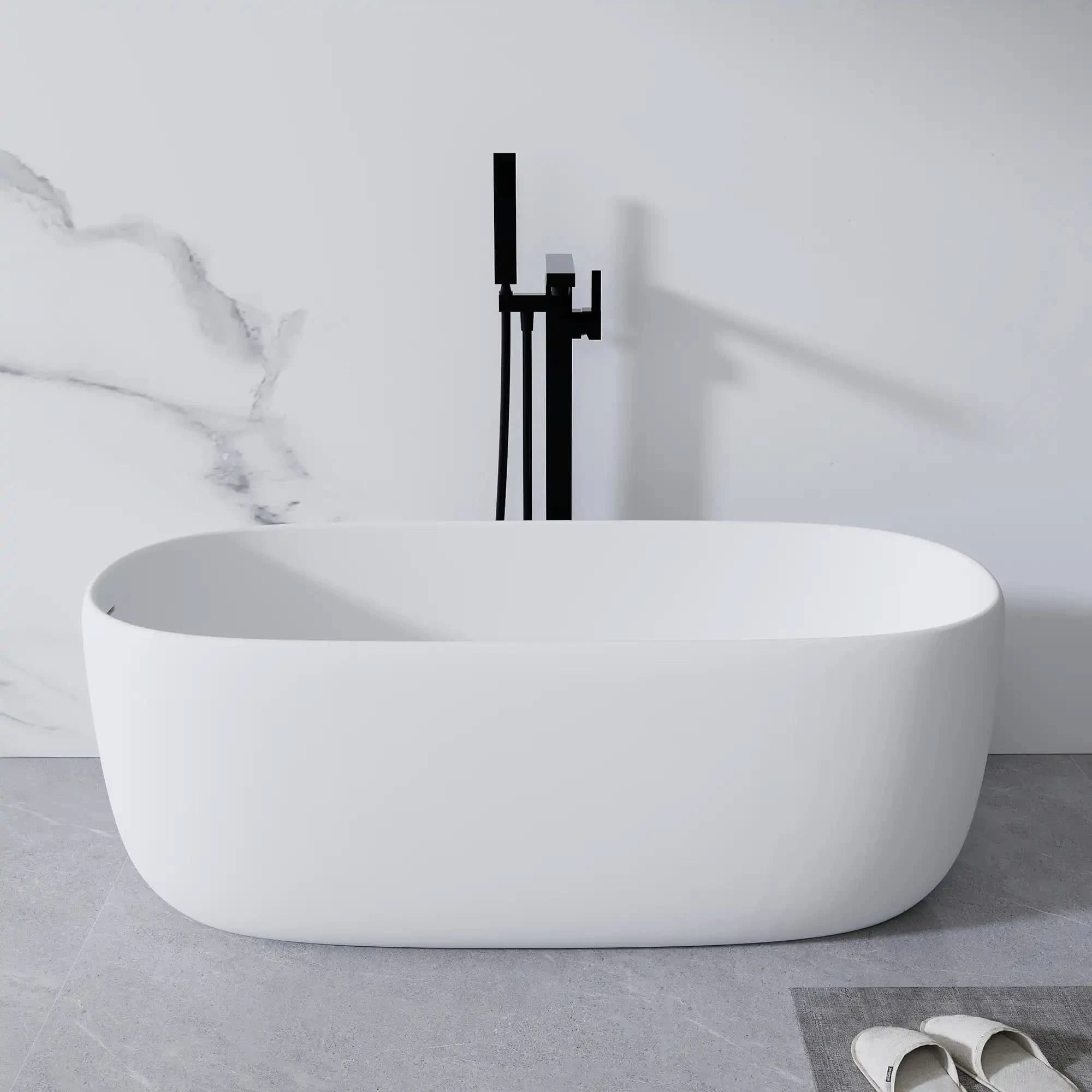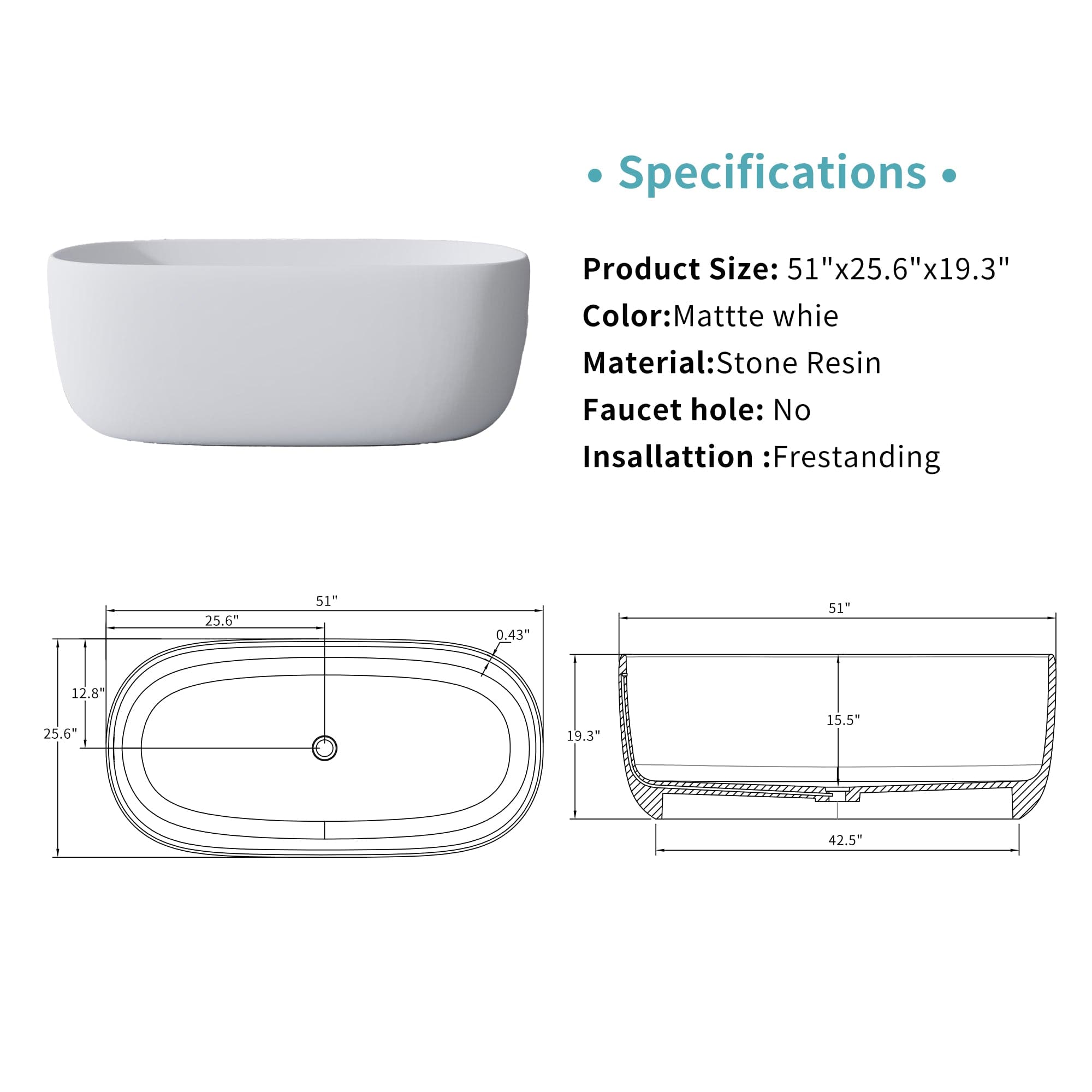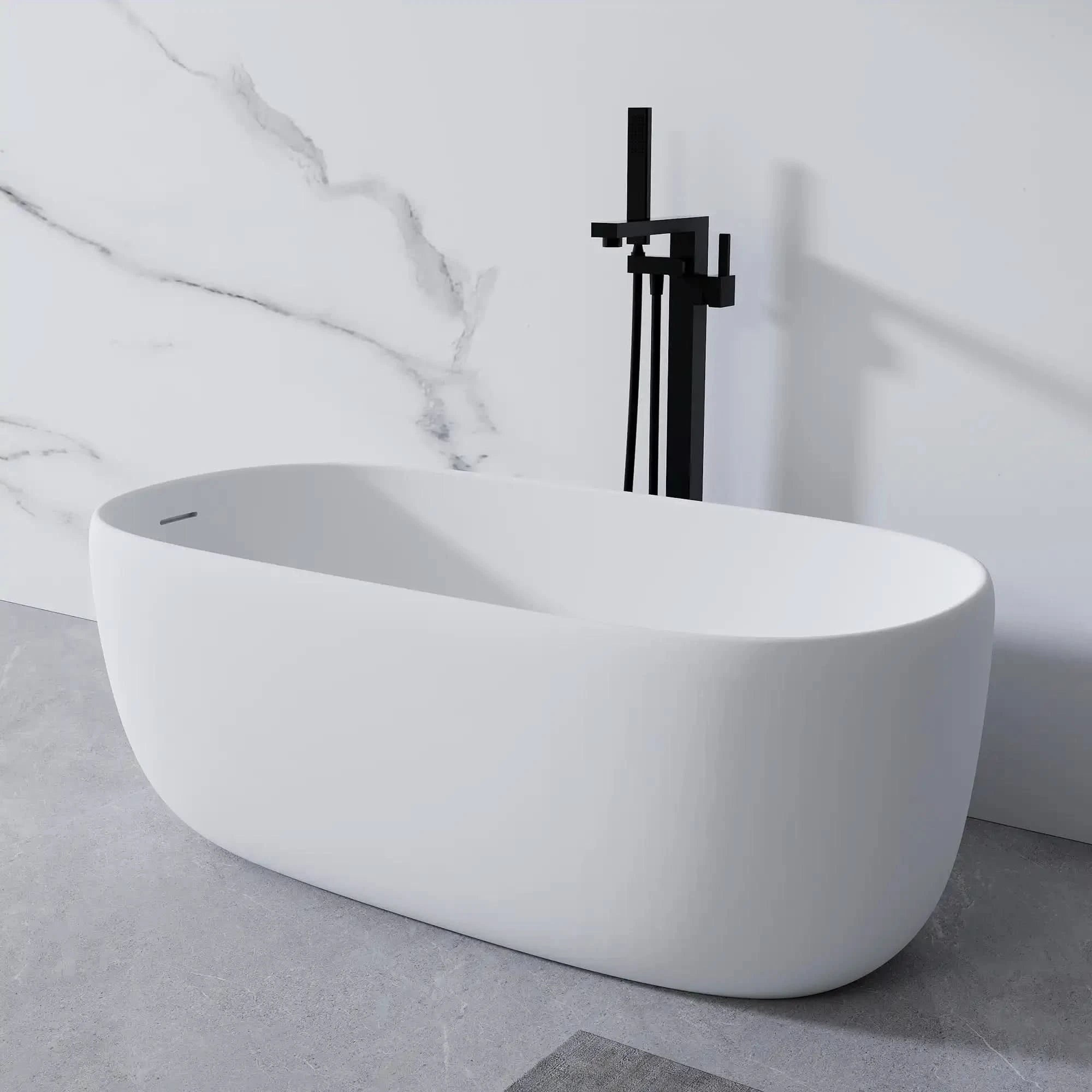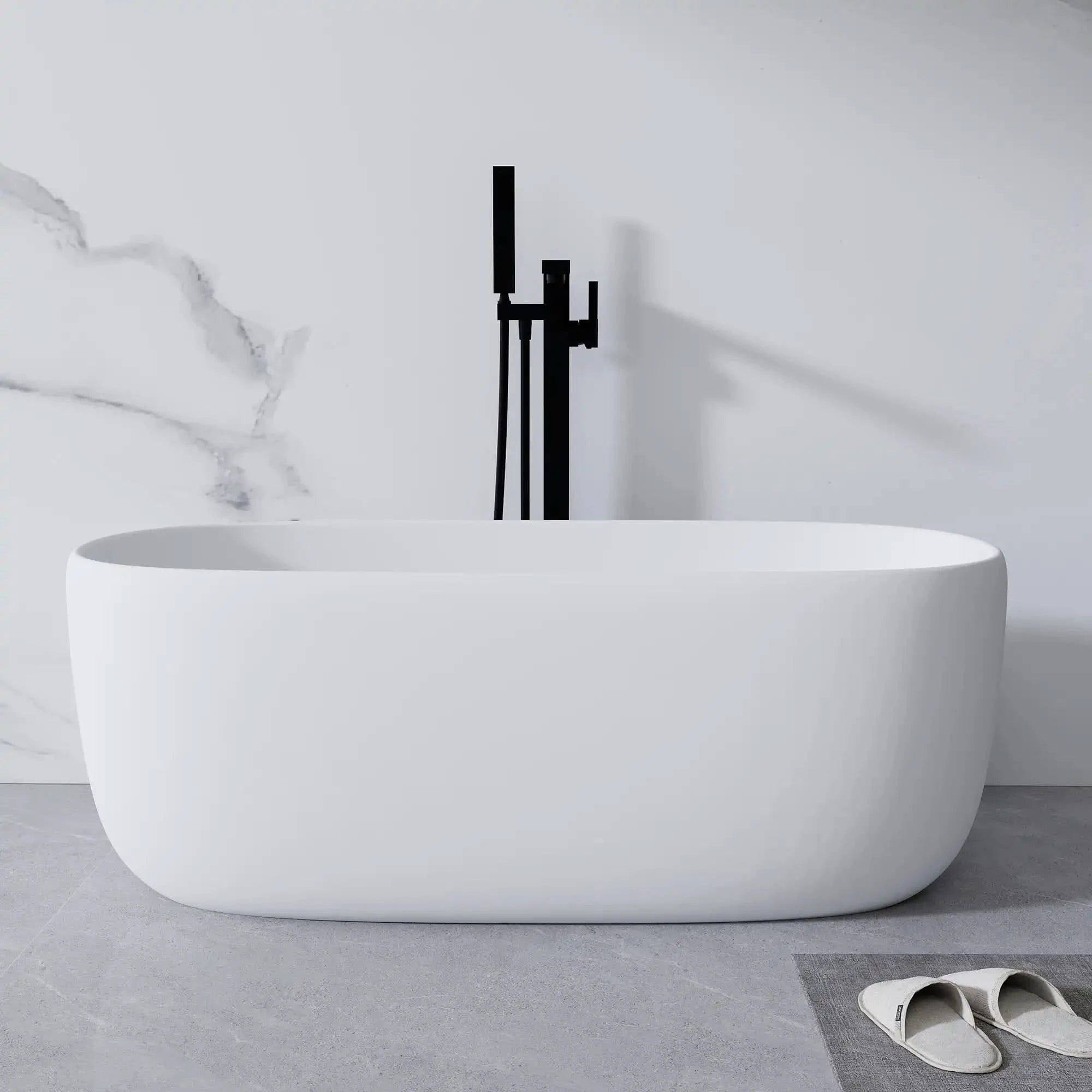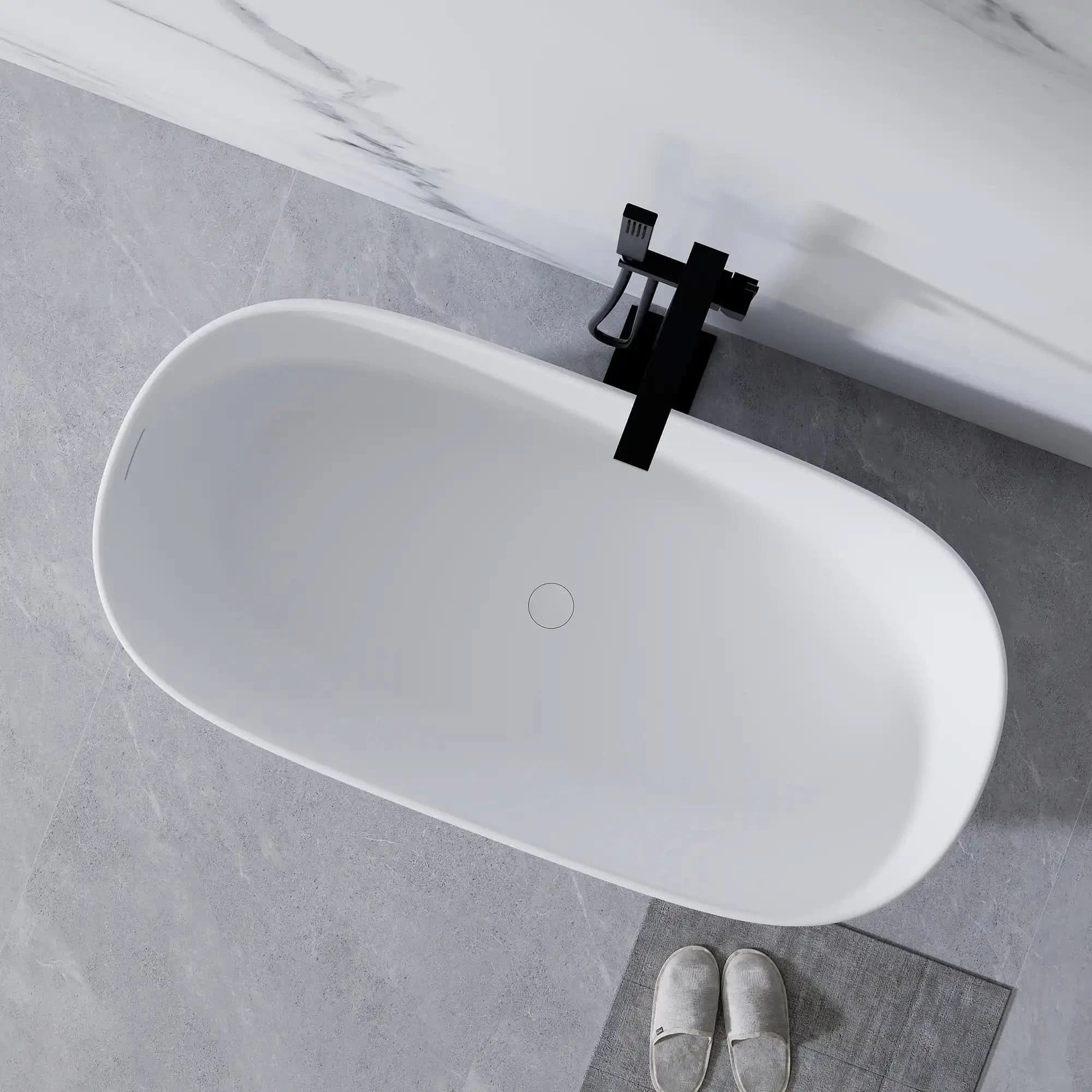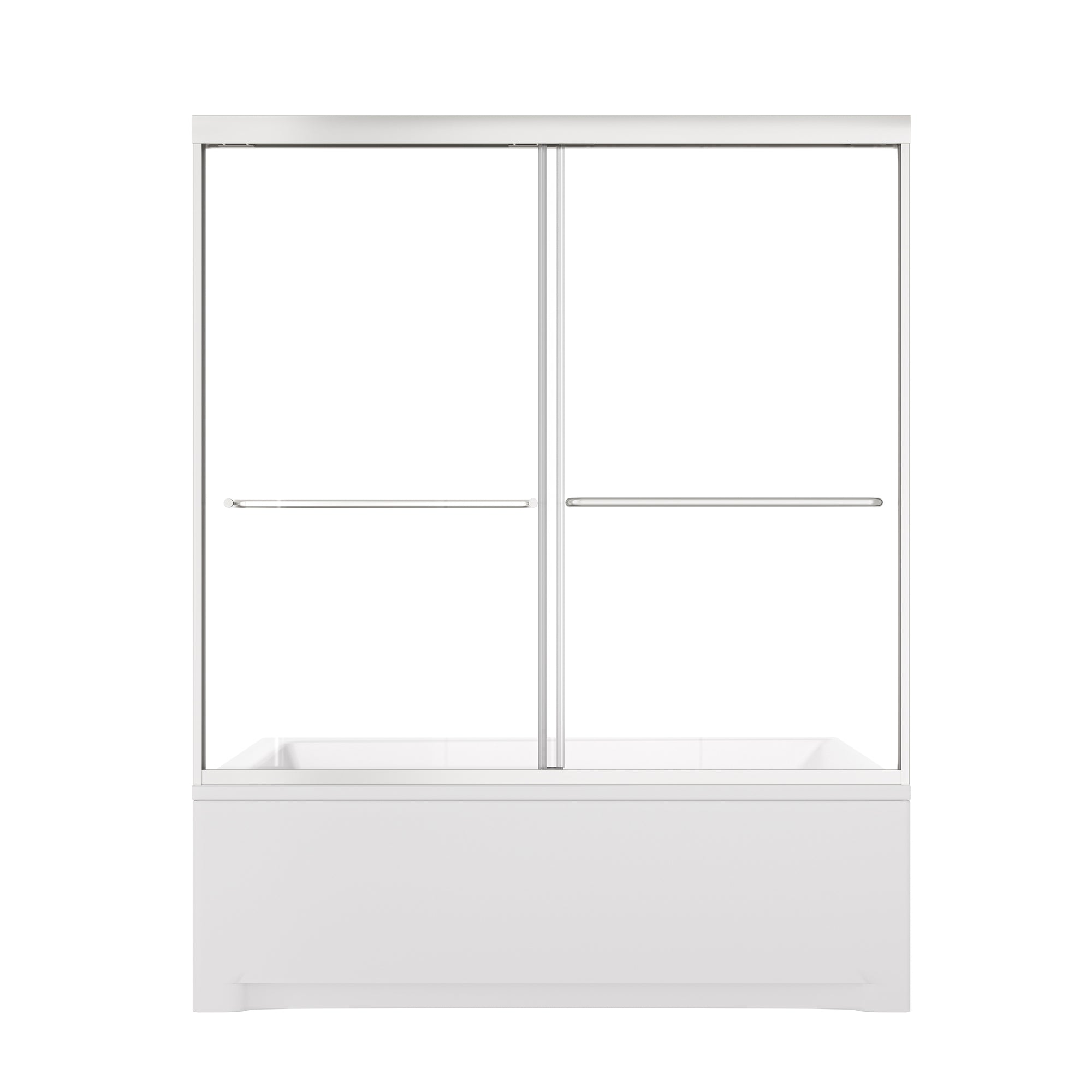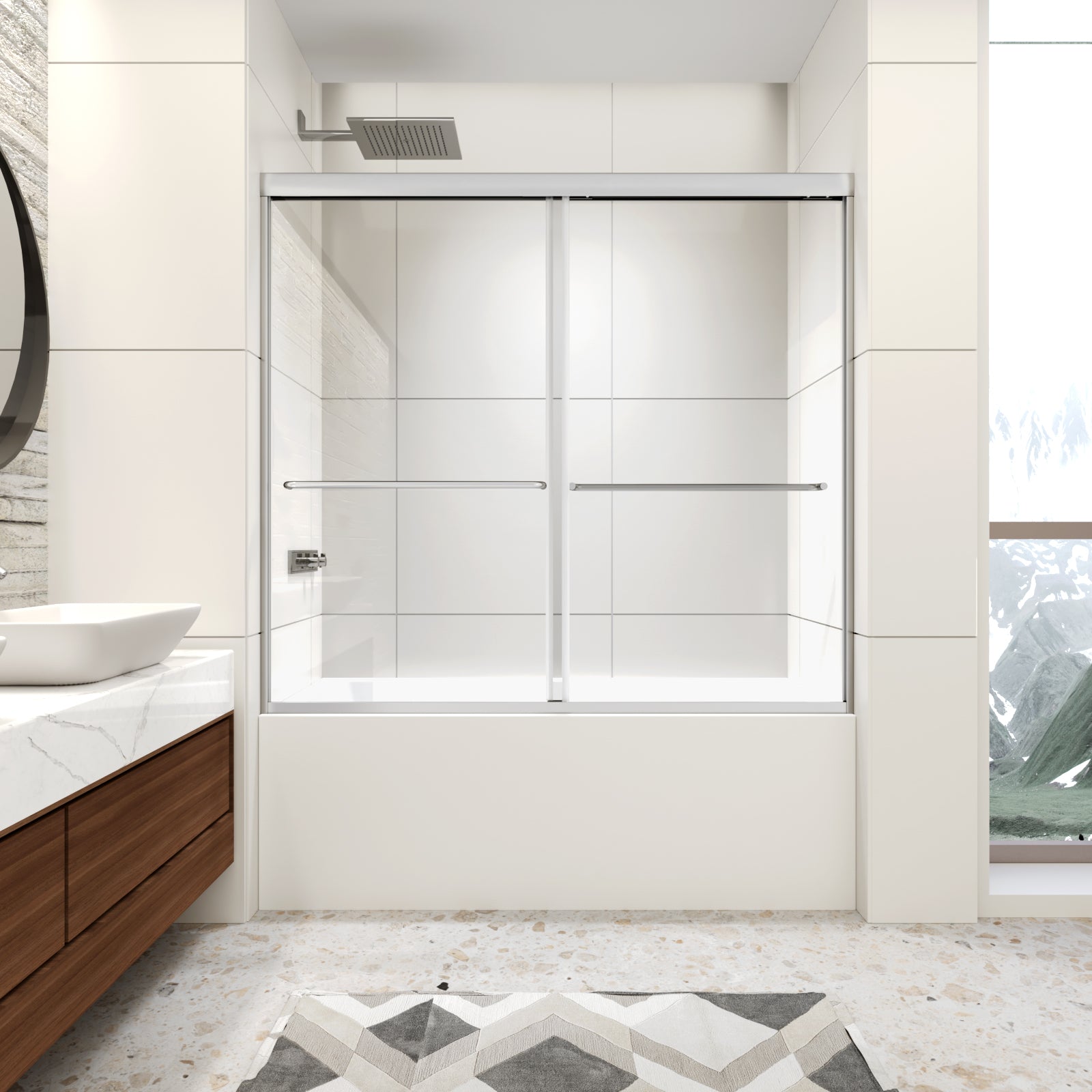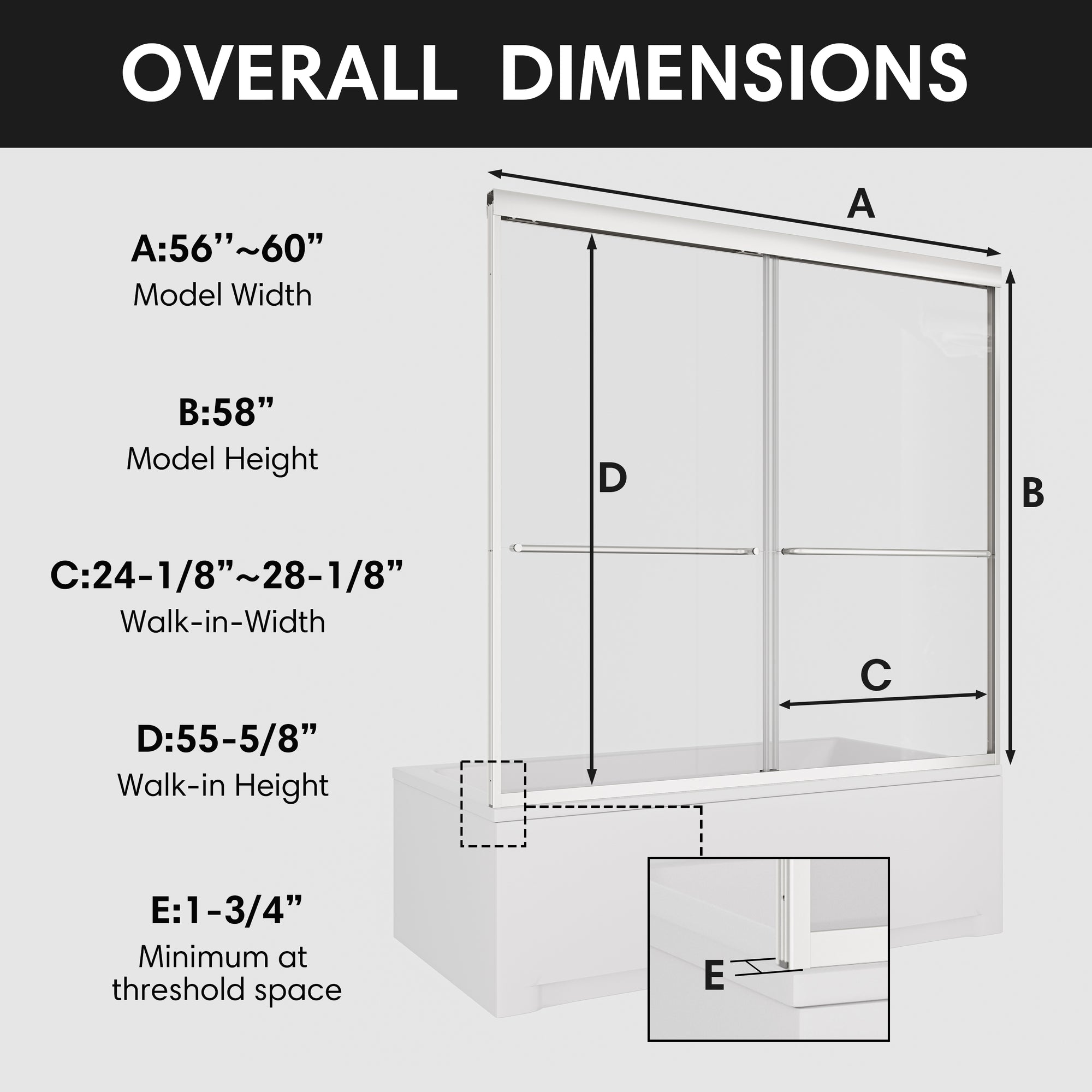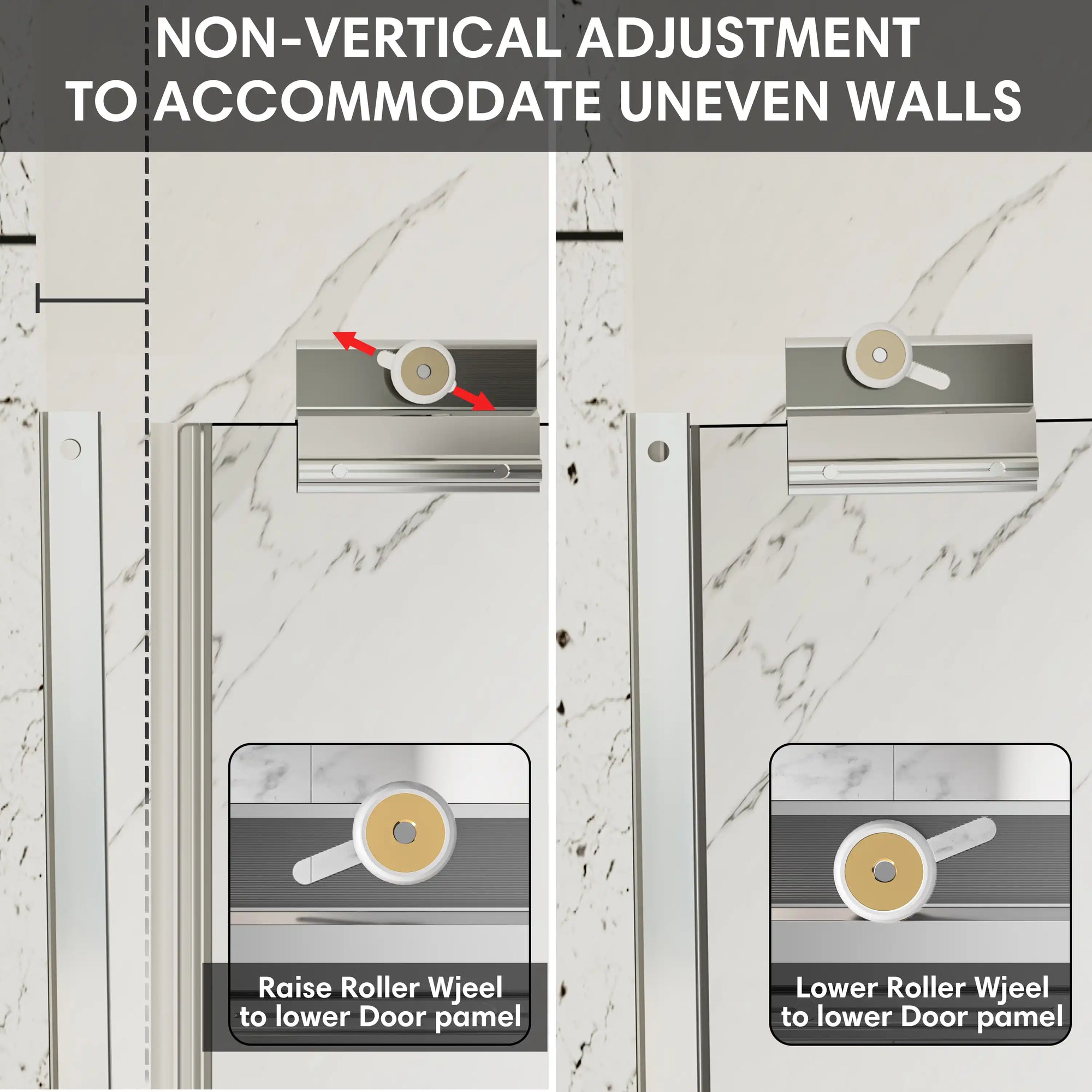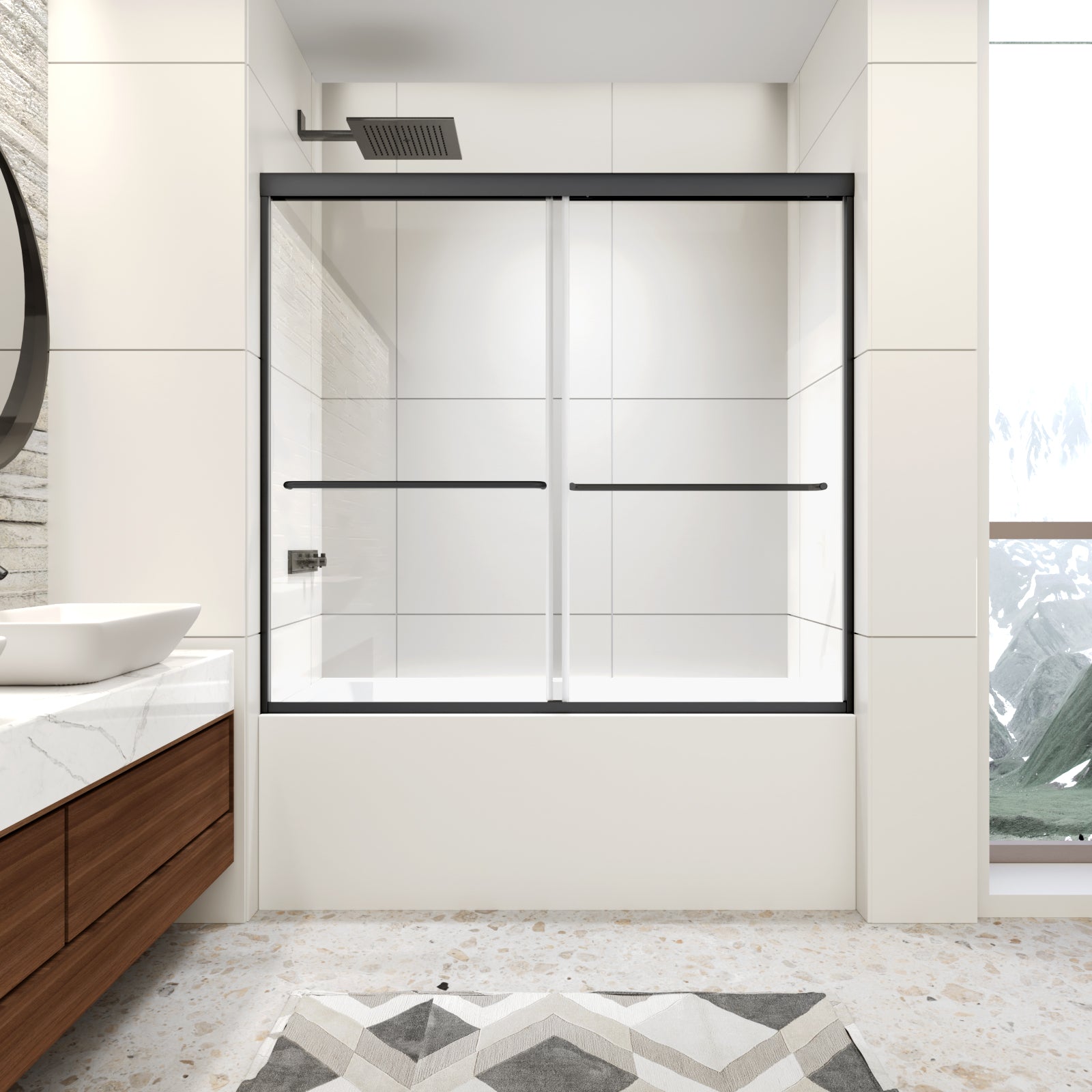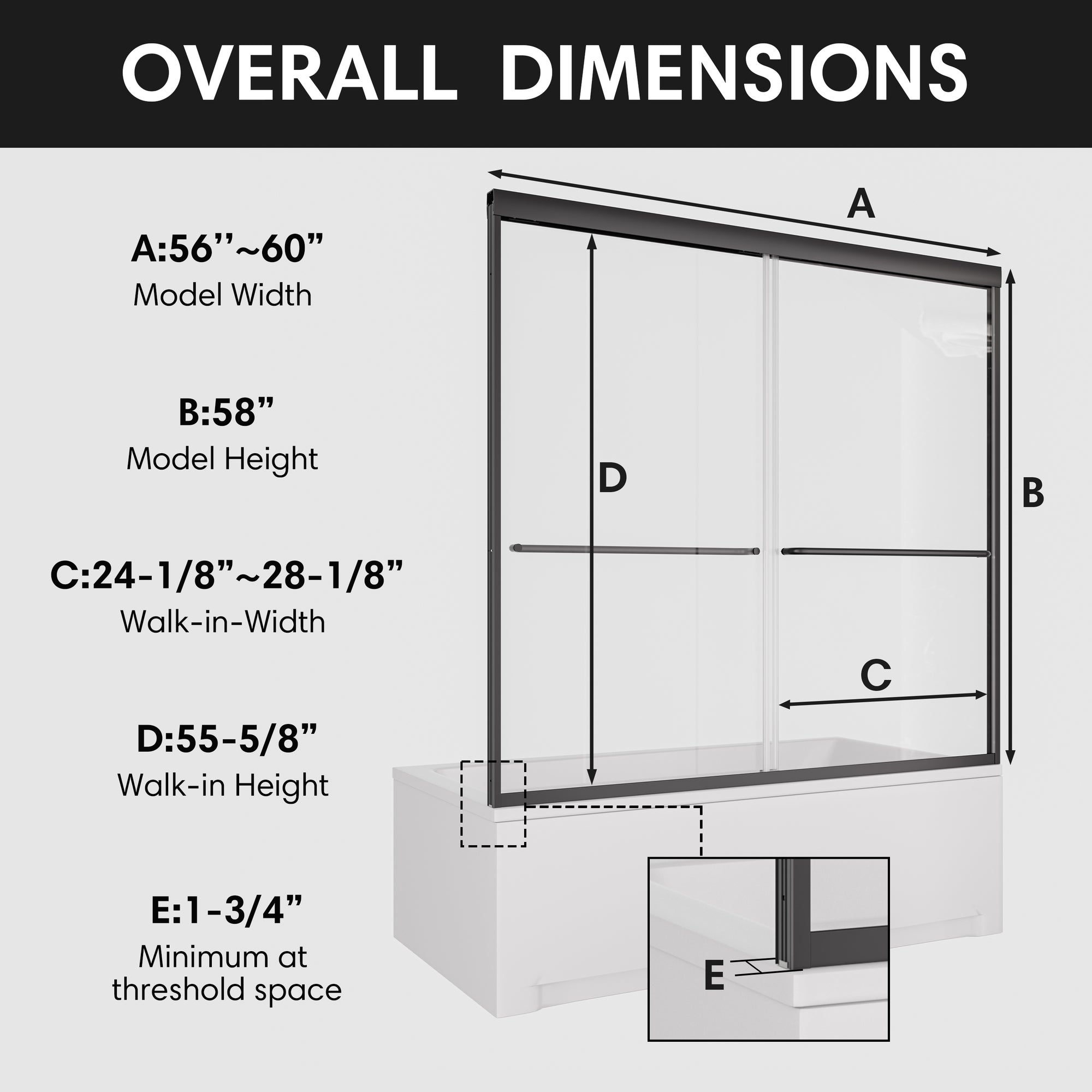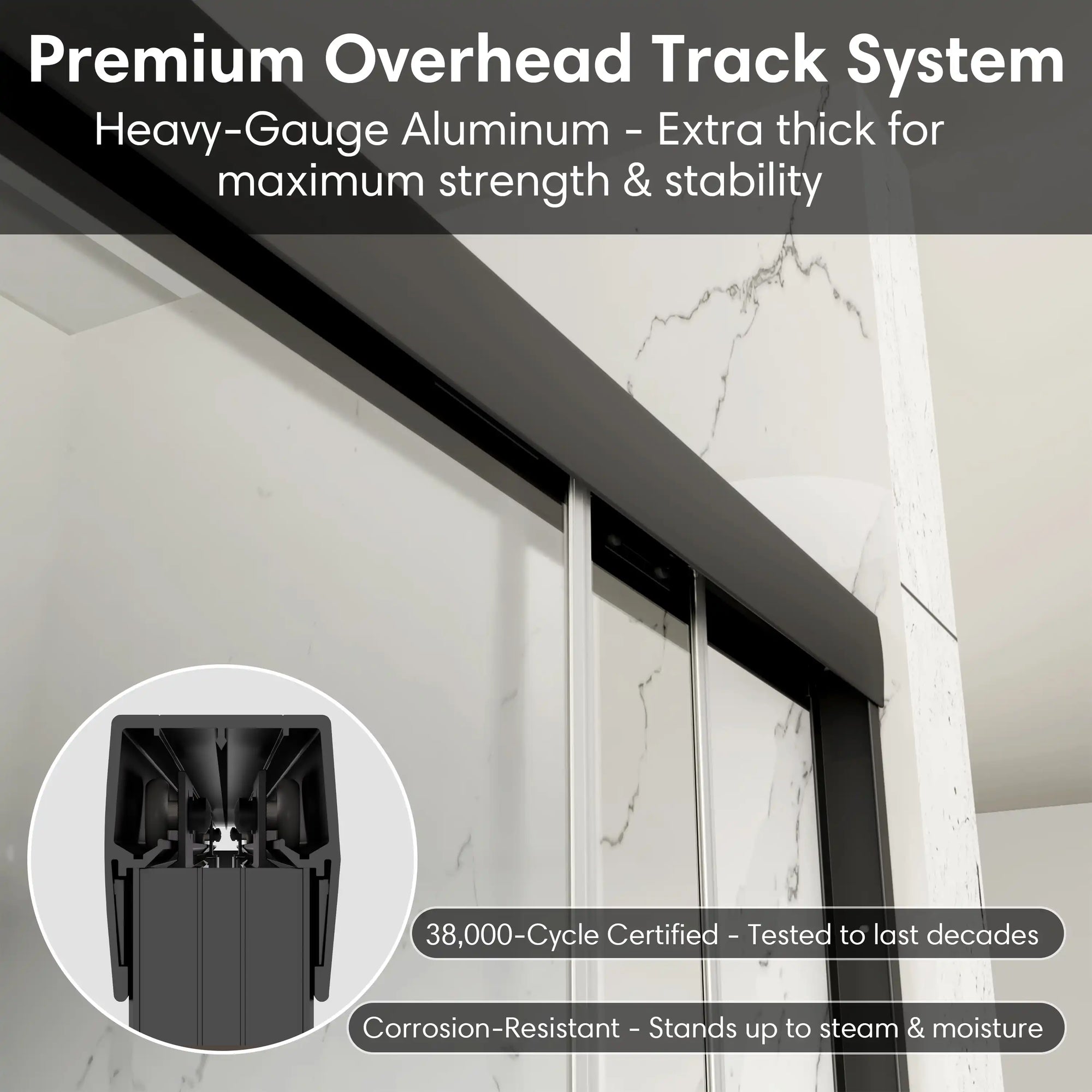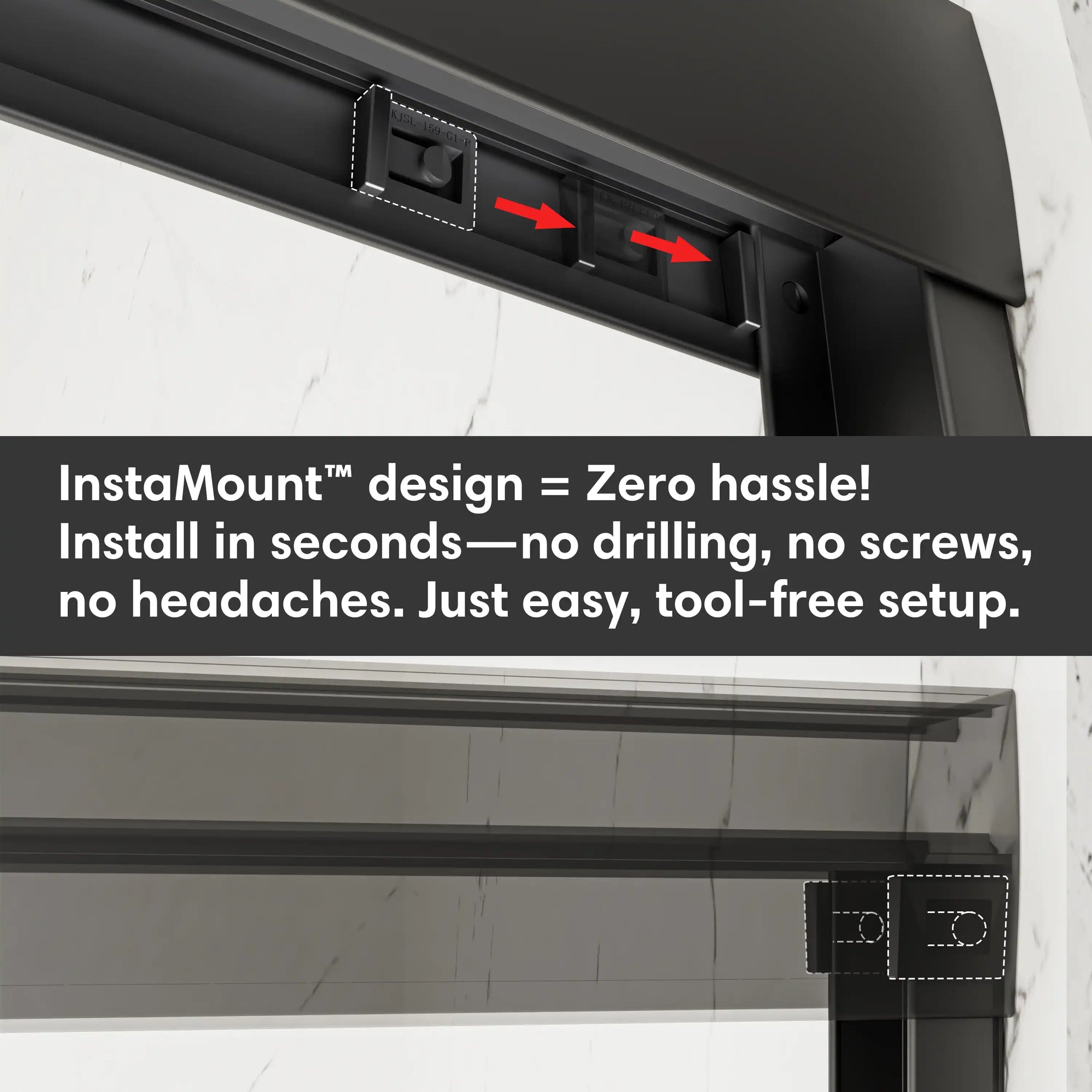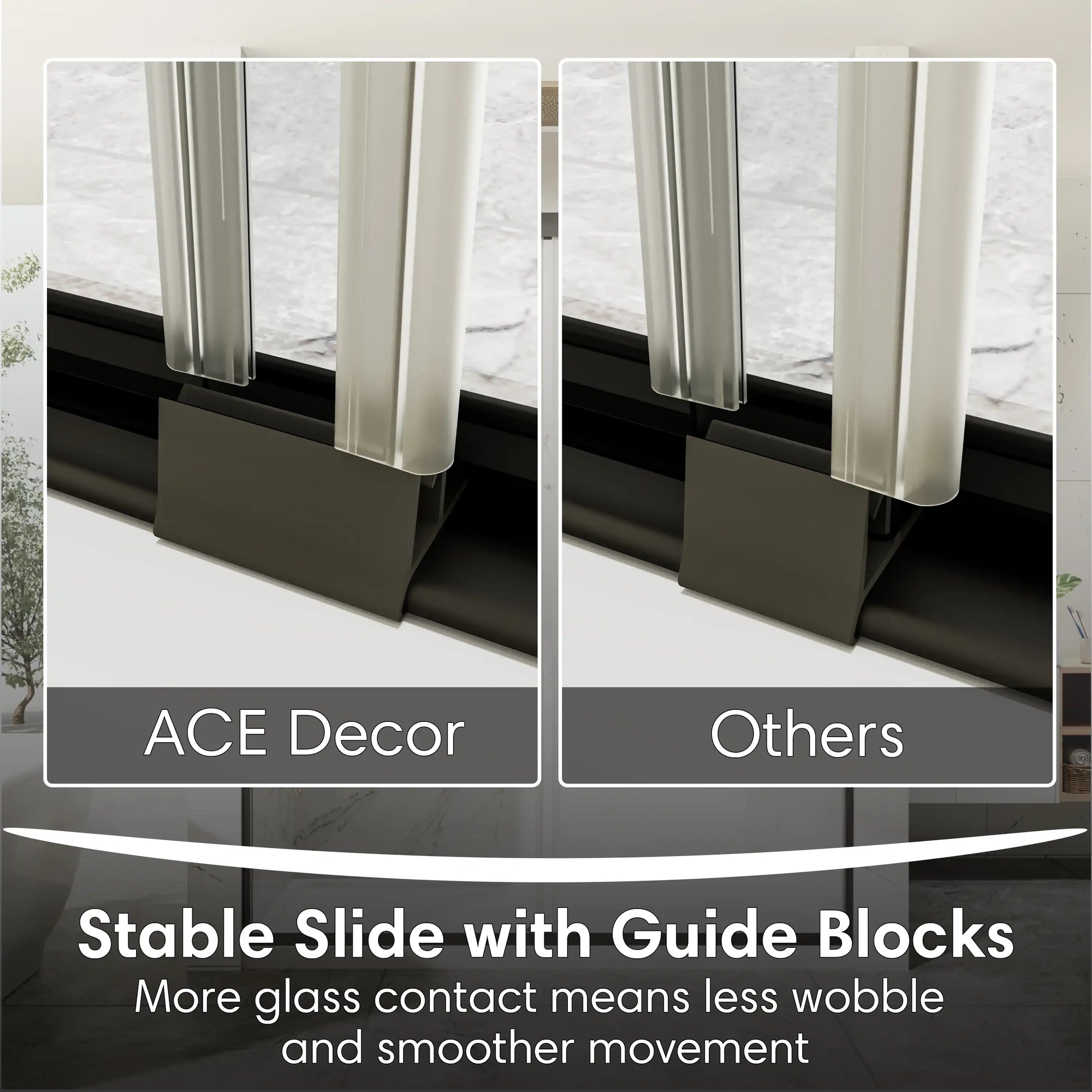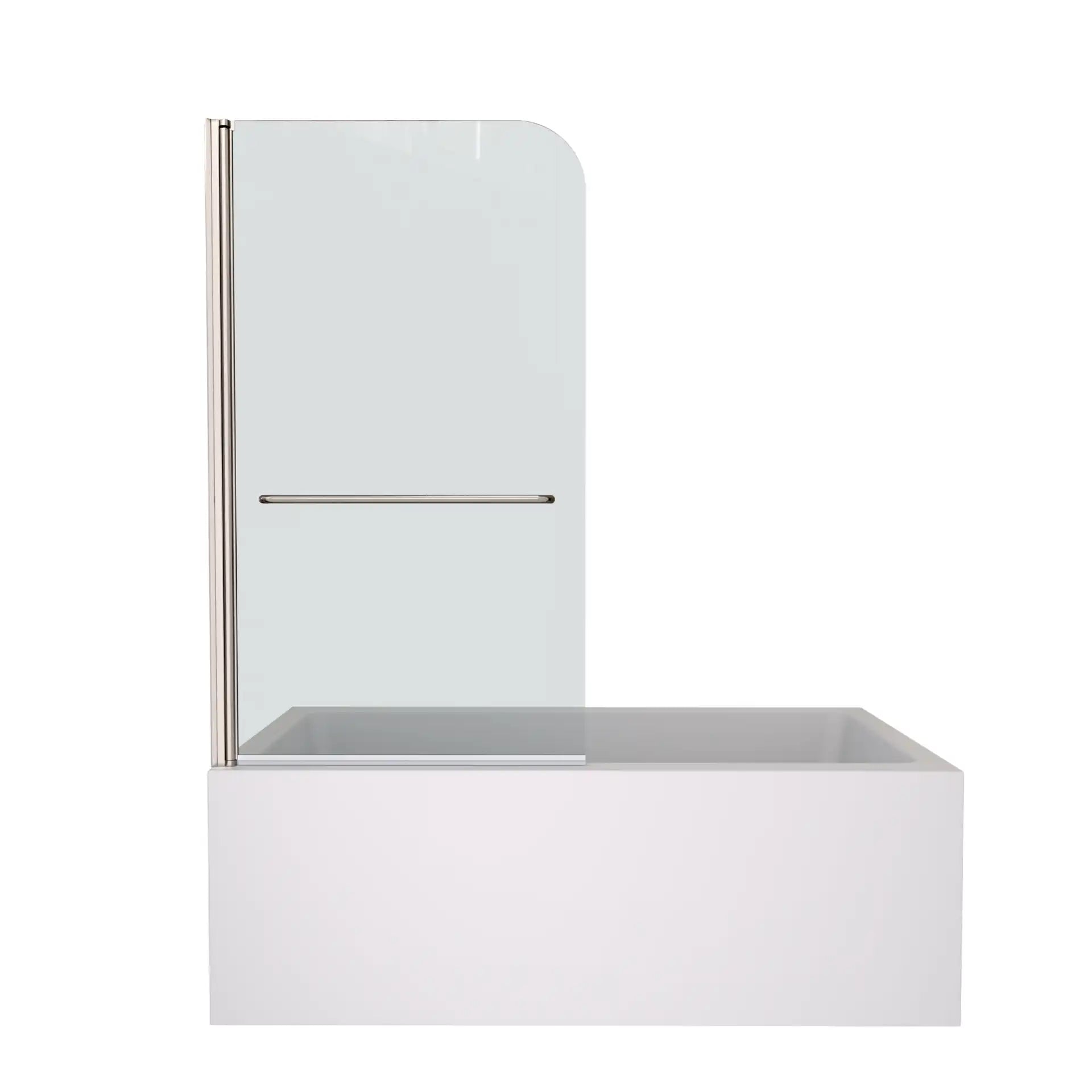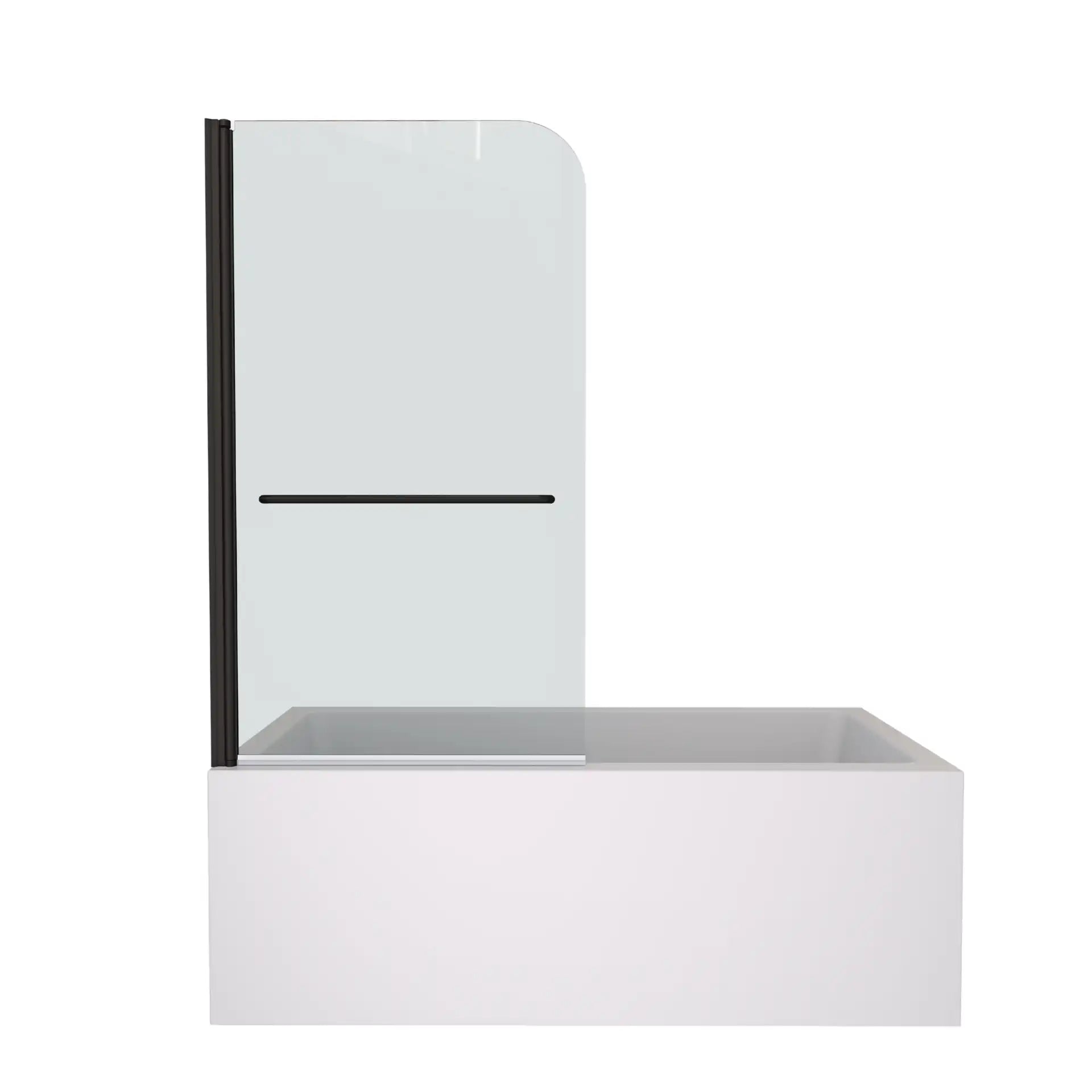Bathtub drain clogs or breakdowns are irritating, and that is why we need to learn how to fix them. The problem can ruin your bath day but don’t worry. And to fix it, is much easier than you might even imagine. Yet, with effective tools and basic techniques, you could change your bathtub drain in less than five minutes. Instead of stressing out, understand common drain problems and easy DIY tips to fix them yourself. You don’t need to call a plumber and wait for other service providers. Let’s explore further!

Common Drain Issues
The bathtub drain can have various problems which will make it fail in performing its function as expected. Here are some of the most common drain issues you might encounter:
- Clogs: The most common issue that can be attributed to hair, soap, or something else that clogs the drainpipe. This gradually accumulates and this leads to blockage of water flow. But you can unclog the drain easily.
- Slow Drainage: This can be indicated by a slow rate of draining if your bathtub is partially blocked and water is taking time to drain.
- Leaky Drain: A leaking drain means that water is likely to spill around the drain and cause more mess or possibly water damage.
- Rust or Corrosion: Drains that premised a few years back may develop rust or corrosion which could cause the leaks or make it very difficult to uninstall the drain.
Identify a Faulty Drain

If you have a faulty bathtub drain, there are always visible indications of the problem. If water does not drain rapidly or stands in the tub, it is probably because of a partial or full blockage of hair, soap scum, or other deposits. A puddle is the worst sign, outing that the system is severely clogged. Damp smells emanating from the drain are likely to be a sign of the accumulation of debris or mold in the pipe. Water stain that flows around the drain or under the bathtub may indicate the pipeline is cracked or the gasket is worn out and requires repair.
Moreover, it is quite an obvious sign to look out for rust, crack, or corrosion on the visible drain parts like the flange portion or the stopper. That is still not good and a stopper that does not remain in place or gets stuck as well can also indicate a drain problem. It is easy to resolve or even require the drain if you recognize such issues early enough before they get out of hand.
What You’ll Need?

Here’s what you will need:
- Screwdriver: To unscrew the stopper or any connections that are fixed to the cover.
- Drain Wrench or Drain Key: This implement holds and loosens the drain flange.
- Needle-nose Pliers: It is useful when removing hair or other matter that accidentally got stuck in the drain.
- Silicone Caulk: Essential for sealing the drain time and again when the structure is put up again in the future.
- Bucket or Bowl: To cover the area around the water container to ensure that during its operations if there is any spillage of water it is collected.
- Cleaning Supplies: Soap, a sponge, cloth, or a very mild cleaner to clean the area when draining is done.
Step-by-Step Guide

Bathtub drain removal cannot be a complicated process. Start by preparing the area. To do this, you must remove any stuck water, as well as the area around the drain. Any marks or scratches on this surface are discouraged by putting a towel or a mat on the floor of the bathtub as the work progresses. Next, remove the stopper. Almost all bathtub designs have a stopper to enable them to regulate water flow.
Cautiously use a drain wrench or drain key to twist it and clamp the flange clockwise before unscrewing it in a counterclockwise direction. If the flange is stuck, just spray composite WD-40 lubricant to have it unscrew easily off. When the flange has been loosened, it is time to be careful when you are pulling out the drain body.
Tips and Tricks
- Use a drain wrench or drain key for easier removal and to avoid damage.
- Protect the bathtub by placing a towel or mat around the drain area.
- Check the pipes for any clogs or damage while the drain is removed.
- Be gentle with rusty drain parts to avoid breaking them off in the pipe.
- If rust is severe, consider calling a professional for help.
- Test the drain by pouring water to ensure there are no blockages or leaks before sealing it back.
Reinstalling the Drain

After you have pulled out the previous drain and cleaned the site, it is now time to put the new drain back in. The initial step is to clear the drain opening extensively to remove any old plumber’s putty, debris, or residue stuck on the opening.
Third, insert a rope of plumber’s putty around the periphery of the drain hole and cut off the extra. The point is that it will form a tight seal when you put a new drain in. After that, insert the new drain body into the opening and press it down firmly to ensure the putty forms a seal. Use a drain wrench or pliers to screw the drain flange tightly into place, turning it clockwise until it’s secure, but avoid overtightening. Finally, pour some water into the tub to check for leaks around the edges.
Fix Your Bathtub Drain Like a Pro
By now you must have understood the steps to follow when fixing this bathtub drain. In most cases, you can carry out the removal of the old drain all on your own if you are willing to spend some time on it, provided that you possess the appropriate equipment. If you just follow the procedures that we have discussed above, you will find your bathtub drain functioning well. Ready to get started? Fix the issue by opting for a quality drain with Ace Decor.
FAQ Section:
1. How can I tell if my bathtub drain needs to be replaced rather than simply cleaned?
If the drain is severely rusted, corroded, cracked, or still leaking even after cleaning, it may need to be replaced. In addition, if the drain cannot be fixed firmly or is often loose, it is also an obvious signal that it needs to be replaced.
2. Can I remove the drain without a special tool, such as a drain wrench?
You can! If you don't have a drain wrench, try using needle-nose pliers or locking pliers instead, but be careful when operating to avoid damaging the flange of the drain.
3. If the flange of the drain has been seriously corroded, what should I pay attention to?
For severely corroded flanges, you can spray a penetrating lubricant (such as WD-40) and wait a few minutes for it to loosen. Be gentle when disassembling to avoid excessive force resulting in flange breakage or damage to pipe threads. If the operation risk is too great, you are advised to call professionals.
4. Does ACE DECOR's bathtub drain leak?
Please rest assured! Each of our drainage valves is tested 100% sealed using a leak tester machine, which has no risk of leakage
Popular Blog Review:
The Different Types of Bathtub Drain Covers and Their Pros and Cons
How to Install a Bathtub: A Step-by-Step Guide for Beginners and Professionals
Why Every Home Needs a Bathtub Cover: Top Benefits You Can’t Ignore


